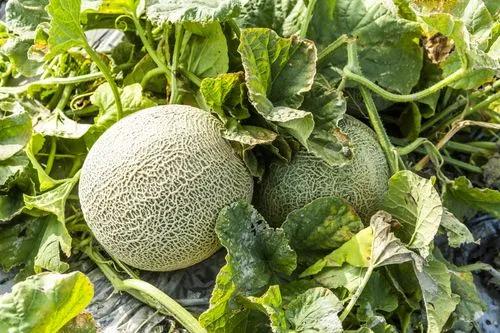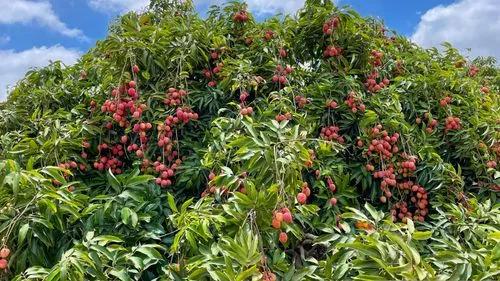Mulberry is a genus of flowering plants in the Moraceae family. It is a diverse group of deciduous and evergreen trees, shrubs, and lianas found in tropical, subtropical, and warm temperate regions. Mulberry trees can be a beautiful addition to your garden, but they require special care.
Mulberry Care
Morus



Genus Morus are widely grown for their edible fruits, which can be consumed fresh or used for various purposes. They are relatively easy to identify due to their distinct appearance and wide range of shapes and colors. Typically, the leaves are toothed, alternate, and heart-shaped. The flowers are small and greenish-white, and the fruits are round and purple-black.
How to Care for the Plant

Water

They require consistent watering; water profoundly and frequently, especially during dry periods. Generally, 1 inch (2.5 cm) of water once a week is a good practice.

Pruning

Early in the spring, prune Mulberry to remove diseased or dead branches and promote new growth. Also, remove any sucker growth at the tree's base.

Fertilizer

These trees require regular fertilization; they prefer a balanced fertilizer, such as a 10-10-10, applied in late winter and again in early summer.

Sunlight

These plants require an abundance of light to thrive and produce fruit. Plant the tree in a location that receives at least eight hours of sunlight daily.

Soil

Morus is native to temperate regions of the world and thrives in well-draining soil with a pH of 5.5 to 6.5.

Propagation

You can replicate these trees from a cutting or a seed. The rooting hormone should be put on 0.5 ft (15 cm) pieces of healthy branches and then planted in soil that drains well. Keep the cutting warm and moist until it starts to grow roots. Take the flesh off of berries that are ready to eat and plant the seeds in soil that drains well.

Temperature

Temperature is also essential because cold temperatures can damage these plants. They will survive in frost-free areas. The ideal temperature range is 68-86°F (20-30°C).

Container

Mulberries must be grown in containers with adequate drainage before being transplanted into garden soil. The ideal pot for the young tree is 12 inches (30 cm) wide and deep.

Fun fact

One interesting fact about the tree is that the silkworm feeds on its leaves, even though they only eat the leaves of the White Mulberry.

Popularity

249 people already have this plant 42 people have added this plant to their wishlists
Discover more plants with the list below
Related articles






